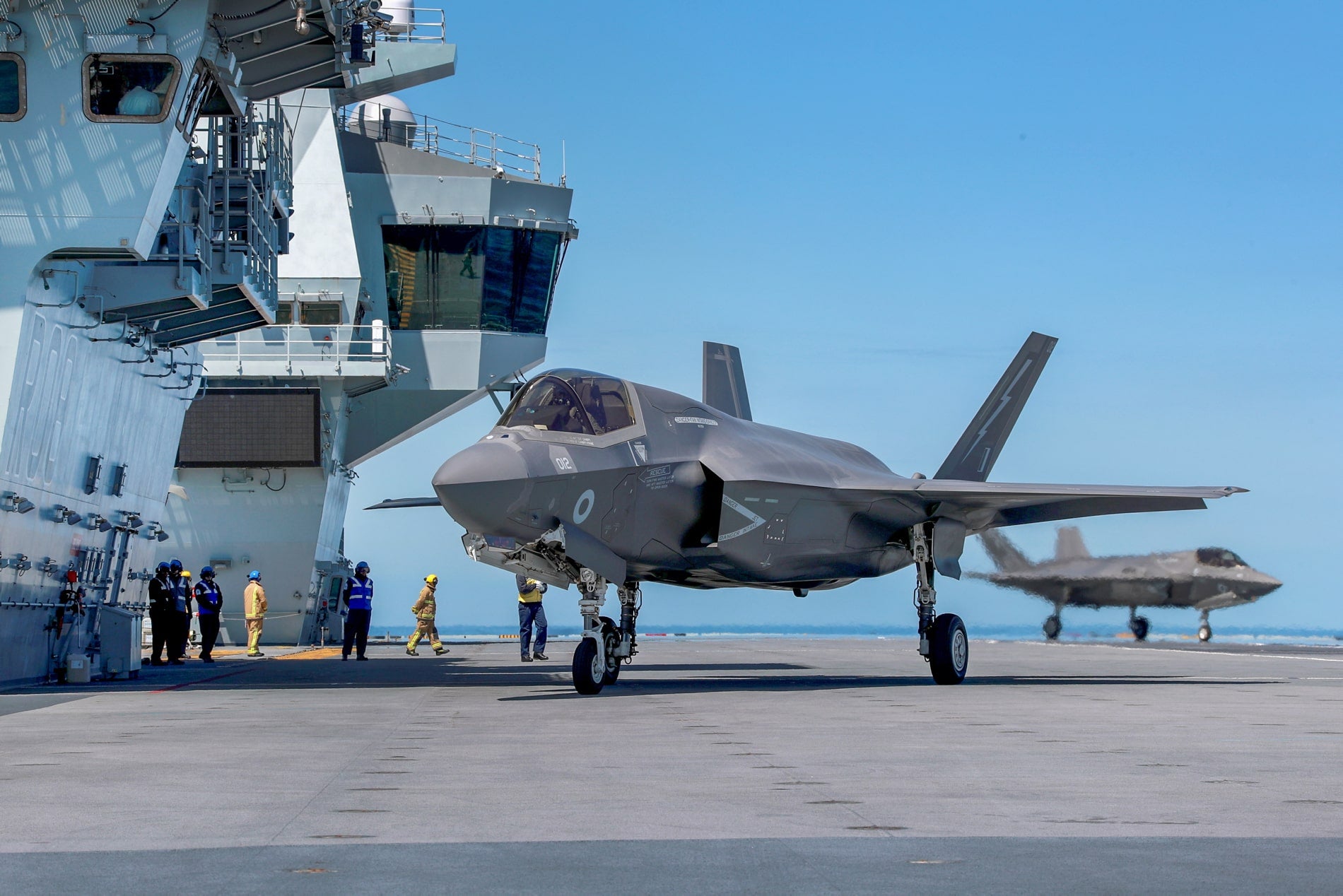
Defence Command Paper: Air and Space Capabilities for Future
The paper held overall good news for air and space capabilities but failed to elaborate on the exact numbers many in defence had been anticipating.
There has been much speculation about what the paper would hold for future numbers of combat aircraft the Eurofighter Typhoon and the F-35 Lighting II. The report says that capacity will grow over the next few years as the RAF fully establishes all seven operational Typhoon Squadrons and grows the F-35 Force.
Without specifying numbers, it says the F-35 fleet size will expand beyond the 48 aircraft the MOD has already ordered, but it is unlikely the total will ever climb nearly as high as the original target of 138. The aircraft will be fitted with “UK weapons” and its software and capability will be updated alongside the rest of the global F-35 fleet.
The RAF will also upgrade the weapons capability of the Typhoon, integrating new weapons including the MBDA UK-developed Select Precision Effects At Range Capability 3 (SPEAR Cap 3) precision air-launched weapon, and will invest in the Radar 2 programme to give it a powerful electronically scanned array radar.
The MOD is investing £2bn over the next four years in the Future Combat Air System (FCAS). With BAE Systems’ Tempest at its heart, FCAS consists of crewed, uncrewed and autonomous platforms including swarming drones designed to operate seamlessly in the most hostile environments.
Several older aircraft will be taken out of service under the auspices of the report. The RAF will retire Typhoon Tranche 1 and Hawk by 2025, the BAe146 by 2022 and the C130 Hercules by 2023. Its functionality will be replaced by the A400M Atlas force increasing its capacity and capability, operating alongside C-17 Globemaster and Voyager transport aircraft and tankers.

US Tariffs are shifting - will you react or anticipate?
Don’t let policy changes catch you off guard. Stay proactive with real-time data and expert analysis.
By GlobalDataThe E-3D Sentry will be taken out of service by 2021, with three E-7A Wedgetail coming online to provide UK Airborne Early Warning and Control capability in 2023, working alongside the nine P-8A Poseidon maritime patrol aircraft, and 16 long-range Protector remotely piloted systems will provide persistent, multi-spectral surveillance.
Space
The increasing importance of space to military and civil capabilities is reflected in the paper but not in any detail. The MOD will deliver the Skynet 6 military communication satellite programme, investing around £5bn over the next 10 years to enhance the UK’s satellite communication capabilities.
It also plans to spend an additional £1.4bn on space over the next decade to establish a new Space command and enhance space domain awareness, including through the establishment of a National Space Operations Centre. The MOD also plans to develop a UK-built Intelligence, Surveillance and Reconnaissance satellite constellation and a support digital backbone in space and will set up a Space Academy to develop the skills and training of future defence space specialists.



